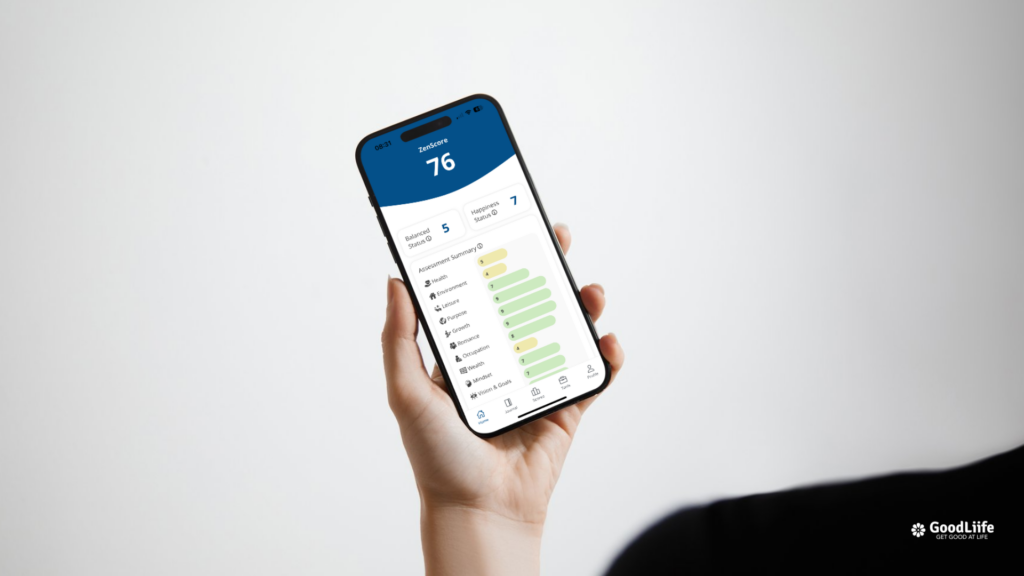Starting a life coach business can be an exciting and fulfilling career choice. As a life coach, you will have the opportunity to empower individuals to overcome challenges, set meaningful goals, and achieve personal growth. However, launching a successful coaching business requires strategic planning, legal compliance, financial management, and effective marketing. This guide will walk you through the essential steps to establish and grow your life coaching practice.
Step 1: Define Your Niche
To stand out in the competitive coaching industry, it’s crucial to specialize in a specific niche. Your niche should align with your skills, expertise, and passion. Common life coaching niches include:
- Personal development coaching
- Career coaching
- Relationship coaching
- Health and wellness coaching
- Mindset and confidence coaching
Choosing a niche allows you to tailor your services, attract your ideal clients, and position yourself as an expert.
Step 2: Get Certified and Gain Credibility
While life coaching is not legally regulated, obtaining certification from a recognized organization can enhance your credibility. Consider certification programs from institutions such as:
- International Coach Federation (ICF)
- Certified Life Coach Institute (CLCI)
- Center for Credentialing & Education (CCE)
Certification provides you with professional training, coaching techniques, and ethical guidelines to build a reputable coaching business.
Step 3: Develop a Business Plan
A well-structured business plan will help you set goals, identify target clients, and outline your pricing strategy. Your business plan should include:
- Mission Statement: Define your purpose and vision.
- Target Audience: Identify the demographics and needs of your ideal clients.
- Services & Pricing: Determine whether you will offer one-on-one coaching, group sessions, or online programs.
- Marketing Strategy: Outline how you will attract and retain clients.
- Financial Plan: Estimate startup costs, pricing, and revenue goals.

Step 4: Register Your Business and Handle Legal Requirements
To operate legally, you must choose a business structure and register your company. Common business structures include:
Additionally, check local regulations for:
- Business licensing and permits
- Liability insurance
- Client agreements and contracts
Legal compliance helps protect your business and build trust with clients.
Step 5: Set Up Your Coaching Practice
Create a professional space for your coaching sessions, whether it’s in-person, virtual, or a combination of both. Essential tools for your coaching business include:
- Website: A professional website with service details, testimonials, and a booking system.
- Scheduling Software: Platforms like Calendly or Acuity for easy appointment management.
- Video Conferencing Tools: Zoom or Google Meet for virtual coaching sessions.
- CRM System: Software like HoneyBook or CoachAccountable to manage clients and track progress.
Step 6: Create a Marketing Strategy to Attract Clients
Marketing is essential to growing your coaching business. Effective strategies include:
- Social Media Presence: Use platforms like Instagram, LinkedIn, and Facebook to share valuable content and engage with potential clients.
- Content Marketing: Start a blog, podcast, or YouTube channel to establish authority in your niche.
- Networking: Attend industry events, join coaching communities, and collaborate with other professionals.
- Email Marketing: Build an email list and send newsletters with coaching tips and offers.
- Referral Program: Encourage satisfied clients to refer others by offering incentives.
Step 7: Set Pricing and Offer Packages
Your pricing structure should reflect your expertise, target audience, and market demand. Common pricing models include:
- Hourly coaching sessions
- Monthly coaching packages
- Group coaching programs
- Online courses and workshops
Offering multiple pricing options can attract a wider range of clients and create steady income streams.
Step 8: Leverage Technology with the GoodLiife Score

A valuable tool for life coaches is the GoodLiife Score, which helps track client progress, set measurable goals, and enhance accountability. Benefits of integrating the GoodLiife Score into your coaching business include:
- Personalized Assessments: Gain insights into clients’ strengths and growth areas.
- Progress Tracking: Monitor achievements and provide data-driven coaching.
- Engagement & Retention: Clients stay motivated by seeing measurable results.
- Business Growth: Enhance client satisfaction and attract more referrals.
Step 9: Continuously Improve and Expand
To maintain long-term success, invest in continuous learning and business expansion. Consider:
- Attending coaching workshops and conferences
- Joining professional coaching networks
- Expanding services with online courses or group coaching
- Seeking client feedback to improve your offerings
Conclusion
Starting a life coach business requires dedication, strategy, and persistence. By defining your niche, gaining certification, creating a solid business plan, and implementing effective marketing, you can build a thriving coaching practice. Utilizing tools like the GoodLiife Score can further enhance client satisfaction and business growth. Stay committed to continuous learning and innovation, and your life coaching business will flourish.
For more information on GoodLiife, visit www.goodliife.net or download the app from the App Store.

Leave a Reply